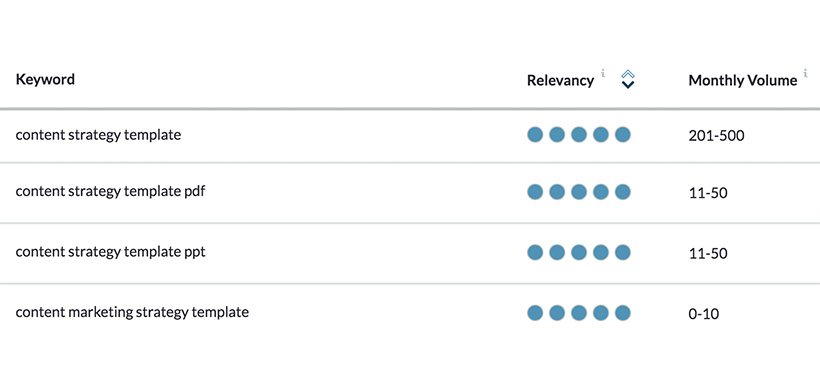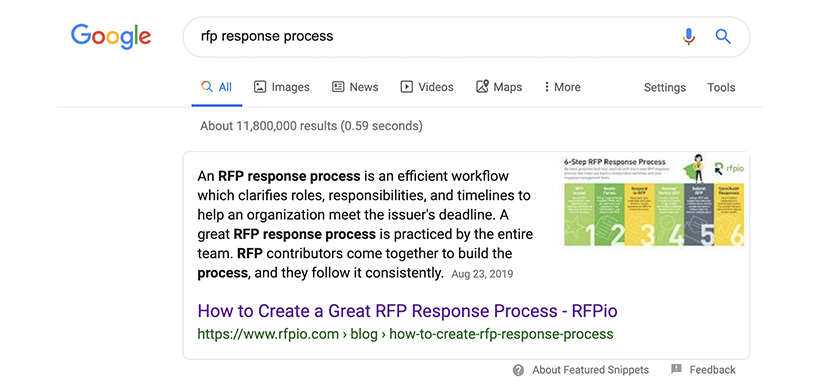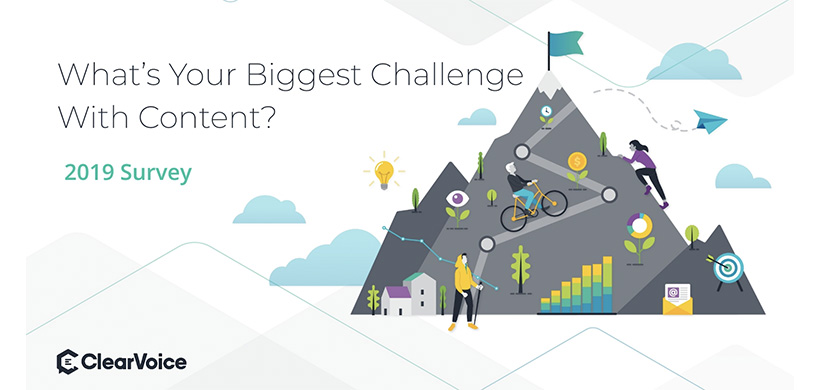What is a content asset? A content asset is a high-value piece of content that supports various marketing initiatives. Content assets are distributed across multiple channels and frequently repurposed into different content formats. Assets are built with the sole intention of earning value, such as increasing brand awareness or lead conversions.
Are content assets part of your master plan? Well, they are for plenty of other marketers. Compared to 2019, almost half of marketers plan to create 26-50 percent more content assets this year. And, 18 percent of marketers plan to double their content efforts.
As we all know, “more” is not always “better.” What matters is the brand experience we provide as a whole. The content marketing hierarchy contains 11 content levels, all of which make up the interconnected structure of your entire brand experience. Knowing how everything is connected is never a bad thing, is it?
Content assets are distinct pieces of content that support multiple purposes and strategies. Find out how they work to earn value for your brand and play an important role in the content marketing hierarchy.
What is a content asset?
A content asset is a high-value piece of content that supports various marketing initiatives. Content assets are distributed across multiple channels and frequently repurposed into different content formats. Assets are built with the sole intention of earning value, such as increasing brand awareness or lead conversions.
Sometimes called marketing collateral, content assets are distinct pieces that span a broad range of content types. Ebooks, videos, infographics, reports, podcasts, and presentations are common content assets. Everything from boilerplates to ads, from branded templates to swag, can also be considered assets.
Marketers have a little habit of calling almost any piece of content an “asset.” The thing to keep in mind with a content asset is that it is high-value. All the content you create should provide value. But, content assets earn value as they are produced specifically to reinforce your marketing strategies.
How Content Assets Support Other Content Levels
Content assets are the tenth level of content in the brand hierarchy, serving a supporting role to content levels that sit higher in the paradigm. The highest levels of the brand hierarchy are most rooted in your core brand experience. While the lower levels, like content assets, lend support strategically and functionally.
You might be thinking: Isn’t a content asset a content type? No. A content type is a medium or format, and it works as part of a content level, along with other content types. For example, an infographic is a content type that is part of the “content asset” tier/level in the paradigm.
Another way to differentiate content levels and content types? Look at the volume. There are easily hundreds of content types, and only 11 content levels. Inside those 11 content levels, you’ll find hundreds of content types.
So, where do content assets play a more prominent supporting role? Assets sit right underneath foundational content (#9) in the brand hierarchy. Often they contribute to and support this content level. If a report is the content asset, you will slice and dice that information into many other pieces of foundational content.
Content assets also play a key role in content campaigns (#5). In this case, if the content asset is a video about a new product feature, it will play across multiple channels of a promotional campaign and be repurposed into many, many formats.
4 Questions to Ask Before Creating Content Assets
Content marketing assets typically include visual design elements, so an entire team will be involved in the content creation process. In plain English, this content is more costly than your average written content. Before you create your next content asset, check yourself by asking these questions.
1. Is the topic worth turning into a content asset?
Look at the data to understand if a particular topic deserves to be the focal point of a content asset. Your blog is a goldmine for content asset topics. Which blog posts are performing well? These are excellent candidates for content assets because jaw-dropping traffic numbers and/or conversion rates prove the topic is resonating with your audience.
Search is another source of content asset topics. Look for relevant search terms you already work with, then find phrases with “template/example/guide.” These are all content assets your audience wants to see and use.
2. Which type of content asset is best for us?
Choosing a type of content asset to produce depends on what medium your audience prefers, and whether or not your team will excel at producing this content type. If you are new to creating content assets, and you have no prior data to reference, survey your customers to find out what kind of content they would like to see more of.
Select the content asset that plays to your team’s strengths — and, of course, makes sense for your budget. Content asset costs can get pretty steep, especially if you get into major production needs like video content. Hire content creators outside your organization to make sure you have dedicated resources that can pull together a quality asset.
3. Can we use this asset to one-up the competition?
You have a viable topic and you know exactly what kind of asset you want to create. But, damn… you’re having trouble getting the budget you need to kick off the project. Getting buy-in from the almighty budget gatekeepers can usually be solved with a quick competitor analysis.
Is your competitor ranking at the top of image searches with some crappy flow chart screenshot from a deck? Your team can certainly do better with a dedicated infographic that is search engine optimized. Are your competitors missing the boat with video content? Presuming you have the budget, here’s another opportunity for you to stand out and one-up your competition.
4. How many times will we use/reuse this asset?
Content assets are built to earn value, so they need to “earn their keep.” A big part of your strategy should be about getting the most mileage out of that asset.
Have a promotion plan in place and figure out which components you need at the beginning of the content asset creation process. Often marketers build this fabulous ebook. It’s all ready to go, and they realize they don’t even have a landing page for it. Make sure your asset has a nice place to call home before you send it out into the big scary world.
Also, consider how you will repurpose this content asset in various ways. Because this asset is “the motherload,” you should be able to easily repurpose it into tons of content.
2 Content asset examples to inspire ideas
There are tons of content assets to choose from, so we won’t cover all of these branded examples right now. Take a look at a couple of content assets to gain inspiration for your next big marketing push.
Content asset: Optimized infographic
It’s no accident that one of our Superneat client’s infographics ranks No. 1 in image search and holds the featured snippet for “RFP response process.” This is an example of finding the keyword phrase opportunity and creating an optimized content asset — and leveraging a topic from a top-performing blog post.
Content Asset: Google Slides and ebook
In 2019 ClearVoice conducted a survey where they asked 2,800+ marketers about their biggest content challenges. This original research was turned into an ebook and a Google Slides presentation — and referenced and repurposed into many blogs. Myself and many others have sourced this research in other content, both on ClearVoice and outside of ClearVoice. Hello, backlinks!
All too often marketers use the term “asset” in the generic sense. But all content does not deserve to be called an asset. Content assets earn their keep by earning value, whether that means better customer retention rates or more credibility for your brand. Build your next content asset with that high-earning potential in mind.








